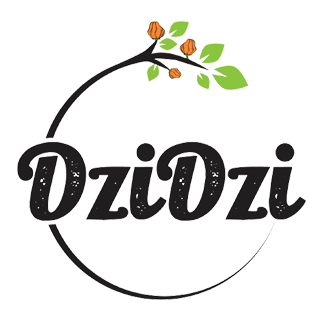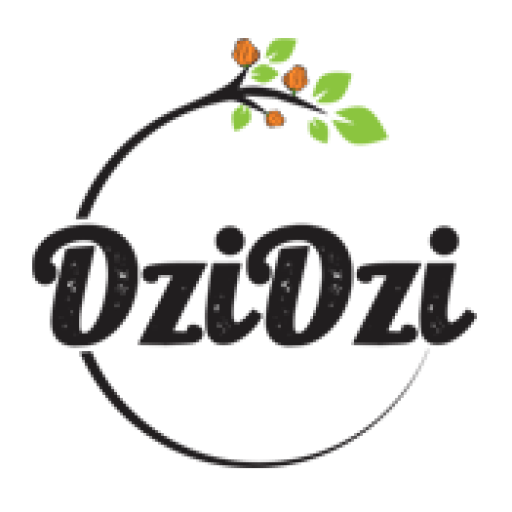 For many daughters, the kitchen contains their mother’s secrets. In the tumult of pots and pans, the pinches of sugar and salt, reside recipes perfected over time without cookbooks, experience and intuition the only guides.
For many daughters, the kitchen contains their mother’s secrets. In the tumult of pots and pans, the pinches of sugar and salt, reside recipes perfected over time without cookbooks, experience and intuition the only guides.
For East African daughters in City Heights, a neighborhood that is a major West Coast portal for refugees, the opportunity to cook twice a month as a group with their mothers is a chance to steep themselves in Somali, Ethiopian and Eritrean culinary traditions, passed down orally through generations.
“We have a common goal: to learn from each other,” said Ayan Sheikh, a recent graduate of CSU Bakersfield and a nurse, who missed the cooking group so much at school that she asked her aunt to post the sessions on YouTube.
The gatherings started two years ago with 10 mothers and daughters; today, there are more than 30 regulars. The group has multiple goals: helping daughters growing up in the U.S. to understand their heritage while encouraging mothers to adapt healthy versions of American favorites like quiche and pizza.
“Mothers were saying, ‘I’m losing my daughter; she’s not eating my food,’ ” said Sahra Abdi, founder of United Women of East Africa, which sponsors the classes and provides mental health services and leadership skills for refugee women. “And the daughters were saying, ‘We see food on the table, and we don’t know how to make it.’ ”
For young women like Sheikh, who was born in Mogadishu, Somalia, and whose family lived in Kenya, Yemen, Atlanta, and Ohio before settling in San Diego, the kinship between mothers and daughters is more important than achieving the perfect sambusa (called a samosa in Indian cooking).
“When you’re in the kitchen, you talk about everything,” Sheikh said. In the kitchen’s culinary whirlwind, conversations can turn quickly from the benefits of a wooden spoon to who has a cold and whose wedding is coming up.
The lingua franca is English rather than Somali, Amharic or Tigrinya. In this relaxed setting, women feel more comfortable sharing concerns, whether it is anxiety about seeing a doctor or how to read a prescription.
“In the kitchen,” Abdi said, “we can tell them, ‘Hang in there,’ or, ‘This happened to me.’ ”
The City Heights neighborhood, where residents speak more than 30 languages and 80 dialects, is one of the densest and most diverse in the state. Since the end of the Vietnam War, it has been a magnet for refugees fleeing brutal conflicts, including Somalians, Eritreans, Sudanese, Somali Bantus, Kurds and ethnic Albanians from Kosovo.
It is the unofficial capital of San Diego’s East African diaspora, home to three major mosques, Islamic after-school programs and halal markets. But the neighborhood also has four times more fast food restaurants near schools than other San Diego neighborhoods and some of the highest concentrations of crime and poverty in the region, according to the Mid-City Community Advocacy Network.
Perhaps predictably, East African families have begun to experience chronic diseases like hypertension and diabetes. In Africa, notes Michelle Zive, a dietitian and executive director of the Network for a Healthy California, daily life involved intense physical activity. In the U.S., children from East African families are leading more sedentary lives, particularly young women, whose exercise options are limited by modesty issues.







